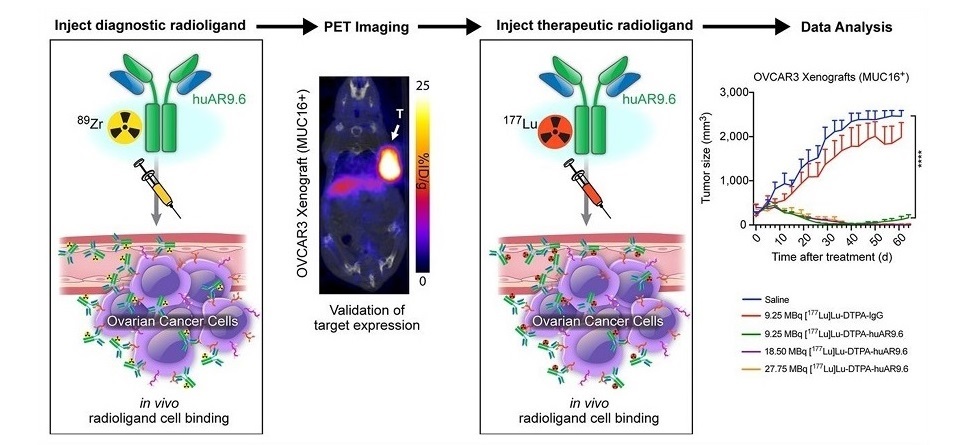Neuroimaging Devised to Help Predict Future Behavior
By MedImaging International staff writers
Posted on 02 Feb 2015
A review article has focused on a number of recent studies showing that brain imaging can help predict an individual’s future learning, criminality, health-related behaviors, and response to drug or behavioral treatments. The technology may offer new strategies for customizing educational and clinical practices.Posted on 02 Feb 2015
Noninvasive brain scans, such as functional magnetic resonance imaging (MRI), have led to new insights about the human brain; however they have had only limited impacts on people’s day-to-day lives. Dr. John Gabrieli, from Massachusetts Institute of Technology (MIT; Cambridge, MA, USA) and his colleagues reported on the predictive power of brain imaging across a range of different future behaviors, including infants’ later performance in reading, students’ later performance in math, criminals’ likelihood of becoming repeat offenders, adolescents’ future drug and alcohol use, and addicts’ probability of relapse. “Presently, we often wait for failure, in school or in mental health, to prompt attempts to help, but by then a lot of harm has occurred,” said Dr. Gabrieli. “If we can use neuroimaging to identify individuals at high risk for future failure, we may be able to help those individuals avoid such failure altogether.”
Moreover, the investigators stressed to the distinct ethical and societal issues that are raised by studies attempting to predict individuals’ behavior. “We will need to make sure that knowledge of future behavior is used to personalize educational and medical practices, and not be used to limit support for individuals at higher risk of failure,” stated Dr. Gabrieli. “For example, rather than simply identifying individuals to be more or less likely to succeed in a program of education, such information could be used to promote differentiated education for those less likely to succeed with the standard education program.”
The new findings were published in the January 7, 2015, issue of the Cell Press journal Neuron.
Related Links:
Massachusetts Institute of Technology














